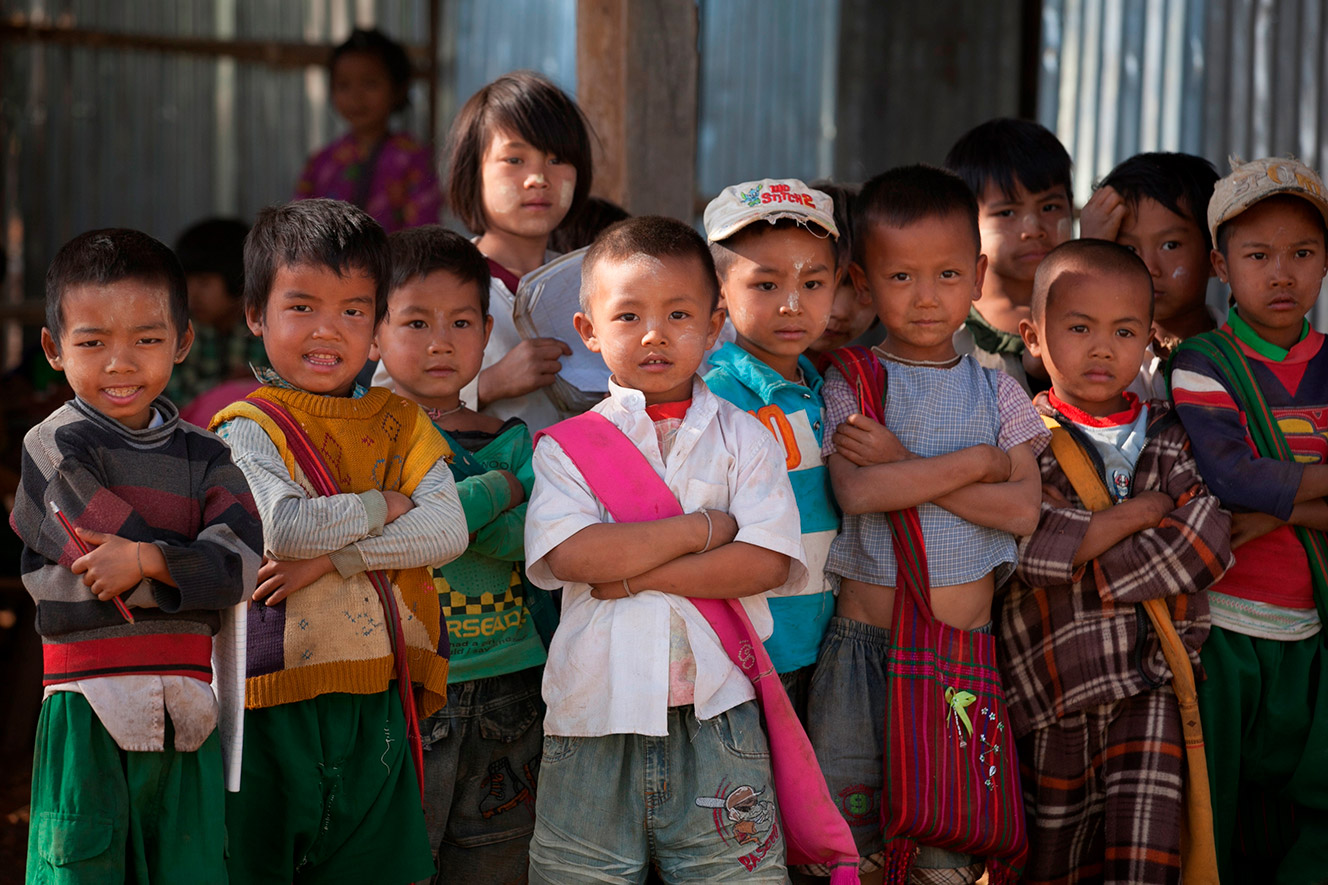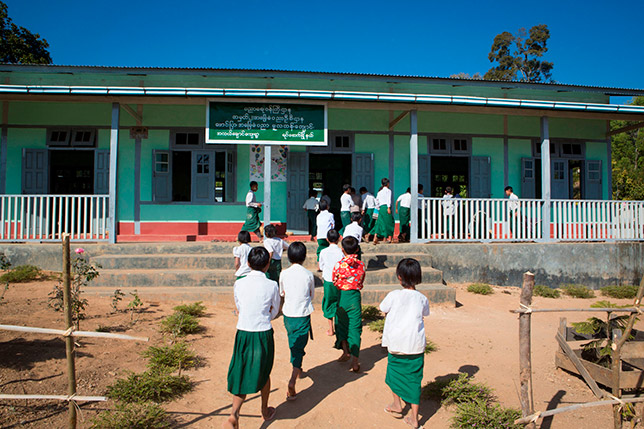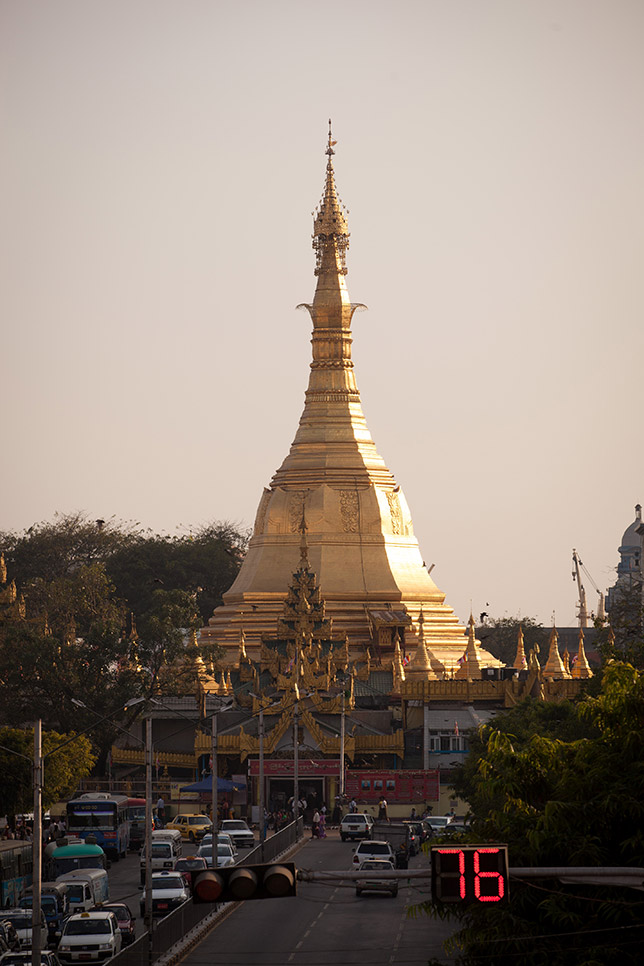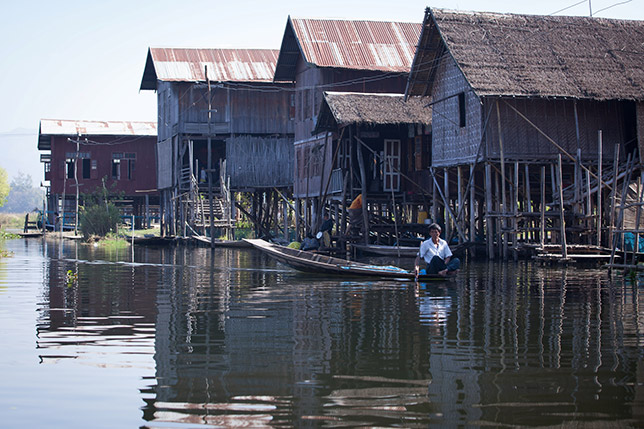Myanmar Support Program

The Nippon Foundation’s activities in Myanmar began in 1976 with medical support for persons affected by leprosy, and over the years since then we have engaged in roughly 70 projects in the country. Since 2011 we have focused on peace-building initiatives in tandem with the government’s moves toward democratization.
The Nippon Foundation and Myanmar
The Nippon Foundation and the Sasakawa Memorial Health Foundation began supporting efforts to eliminate leprosy in Myanmar, working through the World Health Organization and in cooperation with the Myanmar Ministry of Health, in 1976. Our humanitarian support continued during the period of military rule, creating a relationship of trust between the Foundation and the people of Myanmar.
Major Activities to Date
Addressing Leprosy
The Nippon Foundation, together with the Sasakawa Memorial Health Foundation, began its activities to address the issue of leprosy in Myanmar in 1976. Our initial efforts focused on medical support, including the distribution of drugs and medical supplies through the Myanmar Ministry of Health. In 1986 the WHO introduced the multidrug therapy (MDT) that had become internationally recognized as an effective treatment for the disease. The Nippon Foundation provided MDT free of charge for five years – from 1995 to 1999 – around the world, including in Myanmar. This resulted in a drastic reduction in the number of leprosy cases, from 250 cases per 10,000 persons in the 1960s to 27.6 cases in 1990. In 2003 the number of cases in Myanmar was reduced to less than 1 per 10,000 persons, meeting the WHO’s definition for the elimination of leprosy. After reaching this milestone, our activities expanded to include educational support for the children of present and former leprosy patients in areas where the disease had existed.
Building Schools
The Nippon Foundation continued its activities to address leprosy during the period of military rule, when the country was internationally isolated, and during this time the Foundation received requests from the government to assist with the building of schools. In 2002 we began a project in Shan State, a region with a large ethnic population and an underdeveloped educational environment. In addition to constructing the buildings, this project supports the schools’ operation on an ongoing basis in cooperation with the local community. Since then, we have also been supporting school construction projects in Rakhine State, the state sharing borders with Bangladesh, as well as in Ayerwaddy Division, the region with yearly flood damage due to cyclones. As of February 2018, we had built 460 schools, which promote sustainable school management and community development, in the three regions.

Why Myanmar?
Myanmar’s population comprises more than 130 ethnic groups, with the Bamar being the majority. Some ethnic groups’ struggle for greater autonomy from the central government has resulted in many years of conflict. Tensions remain, even after the beginning of the transition to democracy, and this has resulted in regions that lag in terms of development.
Geography
Myanmar has a land area of approximately 680,000 square kilometers (roughly 1.8 times that of Japan), and is located on the western part of the Indochinese Peninsula. Moving clockwise from the northwest, the country is bordered by Bangladesh, India, China, Laos, and Thailand. Development has focused on the major city of Yangon, on the Bay of Bengal, since ancient times, but in 2006 the capital was moved from Yangon to the purpose-built new inland city of Naypyidaw.
As of September 2014 the country’s official population stood at 51.4 million, with the Bamar being the majority group. The official language of Myanmar is Burmese, but ethnic groups have their own languages as well. Approximately 90% of the population is Buddhist.
Agriculture and extractive activities (timber and precious stones) are Myanmar’s main industries. The country is intersected by several large rivers, and the Irrawaddy Delta in particular is a major rice producing region. According to UN Food and Agriculture Organization (FAO) statistics, Myanmar’s rice production in 2012 totaled 33 million tons (unhulled), making the country the world’s seventh largest producer (Japan ranked No. 10).
History
Myanmar’s current ethnic groups had largely migrated to the region by around the ninth century, and various tribes ruled their respective territories until the mid-eleventh century, when the Bamar established the Pagan Kingdom, the region’s first unified dynasty. Many pagodas built at this time, when Pagan was the capital of the central Irrawaddy region, still stand today. The Mongol armies toppled the Pagan dynasty in the 13th century and another period of tribal states followed, until the Bamar reestablished a centralized kingdom in the 16th century.
The country was made part of British India in 1886. Later, in the turmoil of World War II, the Japanese military took control during the 1940s. This period saw the Battle of Imphal in the north and the construction of the Burma Railway in the south, and the impact of both was felt nationwide.
The Union of Burma gained independence from Britain in 1948. Formal relations with Japan began in 1954 with the signing of the Japan-Burma Peace Treaty and Agreement on Reparations and Economic Cooperation.
A coup-d’état led by General Ne Win in 1962 ushered in a socialist government, which lasted to 1988 when another coup-d’état in response to pro-democracy demonstrations led to a change in government. Military rule continued, with the military suppressing increasing calls for democracy.
A general election was held in November 2010, and the military junta handed over power to a new government, led by President Thein Sein, in March 2011. This marked the country’s first step toward democracy.

Steps Toward Democracy and Current Issues
In March 2011, a civilian government was launched with U Thein Sein as president, initiating a shift toward civilian rule. The Thein Sein administration pressed forward with reforms toward democratization, economic liberalization, and national reconciliation. National reconciliation in particular was deemed essential to Myanmar’s democratization and stable development. Confrontation had been ongoing between the Government of Myanmar and ethnic armed organizations since independence in 1948. Working toward reconciliation through a process of dialogue, a nationwide ceasefire was agreed between the government of Myanmar and eight of the ethnic armed organizations in October 2015.
The National League for Democracy (NLD), led by Daw Aung San Suu Kyi, won the general election held in November 2015 and launched a new administration in March 2016. The new government continues to strive toward the establishment of a firmly rooted democracy through proactive efforts in the areas of economic development, domestic peace, and the rule of law.

Nevertheless, many problems remain, including ongoing delays in bringing basic infrastructure to the areas where ethnic groups live. Issues to be addressed include disparities in economic conditions and educational opportunities between stable and conflict-affected areas, and the return and resettlement of people who were forced to leave their homes by the prolonged civil war.
Project list
The Nippon Foundation has been implementing projects in Myanmar in a wide range of fields including Health, Support for people with disabilities, Human resource development and Education, and Support to conflict-affected communities.
Support for Disabled Persons
Utilizing our experience gained in other countries, we are building new support frameworks to achieve an inclusive society in which persons with disabilities can fully participate, including an incubation center for young entrepreneurs with disabilities and art festivals for persons with disabilities.
Education and Human Resource Development
In addition to our project to build schools and maintain their continued operation in cooperation with local communities in the Shan and Rakhine states and the Ayeyarwady region of Myanmar, we support the training of persons who will work in the public sector.
Support for Conflict-Affected Communities
We work with the Myanmar Government and Ethnic Armed Organizations (EAOs) to build confidence in the peace process. Our projects include humanitarian support such as the distribution of critical food and non-food assistance (medicine, mosquito nets, and solar lanterns). In conflict-affected areas of Southeastern Myanmar, we have been supporting the construction of vital social infrastructure (homes, schools, health centers, bridges, etc.) from early 2016. In these projects, we make sure consensus is obtained among the three actors: Myanmar Government, EAOs and The Nippon Foundation.
Support in Response to Natural Disasters
We provide food and other assistance to victims of cyclones in Myanmar.



